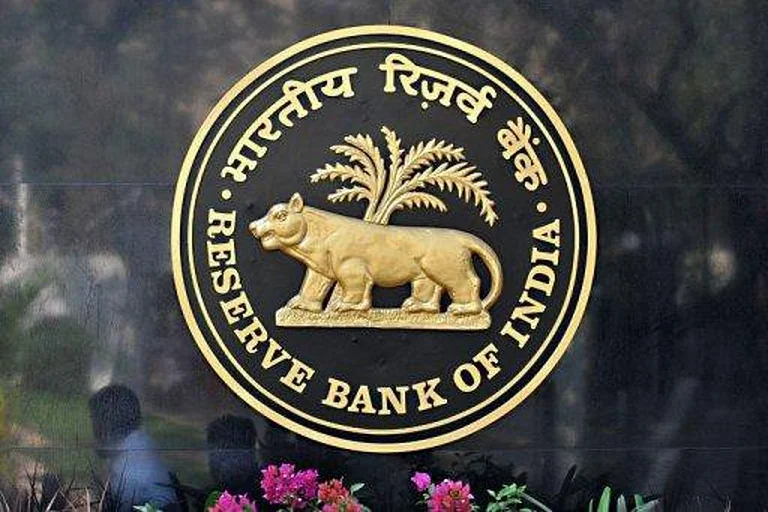The Reserve Bank of India (RBI) on February 25, 2025, published a notification on reducing the risk weight on microfinance loans to 100 per cent. This will help in lowering the capital requirement on banks and financial institutions that are involved in microfinance lending. The instruction has been issued not only for regional rural banks (RRBs) and local area banks (LABs), but also for commercial banks, including small finance banks (SFBs).
RBI Slashes Microfinance Loan Risk Weight To 100%, Eases Banks’ Capital Burden
New regulation is aimed at reducing capital charges while simultaneously promoting microfinance lending in the rural and semi-urban areas
Previously, microfinance loans were categorised as consumer credit and attracted a risk weight of 125 per cent. With this revision, these loans will now be subject to a lower risk weight of 100 per cent. The decision is part of RBI’s ongoing review of capital regulations under Basel III norms.
What It Means For Banks
Banks have to set aside capital in proportion to the risk weight of their advances. The smaller the risk weight, the lower will be the amount of capital banks will have to set aside for such advances, thereby freeing resources for lending again. By reducing the risk weight to 100 per cent, RBI is trying to promote more lending in the microfinance sector without compromising on the financial stability and balance sheet of banks. The move is expected to benefit banks with large exposure to microfinance loans. With decreased capital requirement, they can strengthen their balance sheet and profitability.
Impact On Borrowers And Microfinance Institutions
Microfinance Institutions (MFIs) and banks extending microfinance credit will be in a better position to offer credit. The move will lead to enhanced access to low-income households, self-employed individuals, and small business operators of small-ticket loans.
Borrowers, especially rural and semi-urban borrowers, can benefit by obtaining access to funds at reduced, possibly lower rates of interest. Financial institutions and banks will be able to calculate to what degree this advantage can be passed on to the borrower while also ensuring that their financial risk is kept within bounds.
Regional Rural Banks And Local Area Banks
For RRBs and LABs, RBI has indicated that this 100 per cent risk weight would be applicable on all microfinance loans. This places the regulatory capital requirement on all lenders dealing in microfinance on a common platform.
Despite RRBs and LABs already having a big foothold in financial inclusion through microfinance lending, the new regulation will further provide them with a stable regulatory regime to continue their lending business.
Future Outlook
The updated guidelines will be effective from the date of issuance and will cover new microfinance loans and outstanding microfinance loans. RBI made these guidelines through the Banking Regulation Act, 1949. The move will unify the microfinance segment by giving lenders increased capital efficiency. While it does alleviate banks’ financial pressure, it also holds the banks accountable for responsible lending.
This realignment can enhance overall credit supply in the economy, especially to small borrowers. But its long-term impact will still hinge on how banks will be changing their lending behaviour to account for the added capital requirement.
